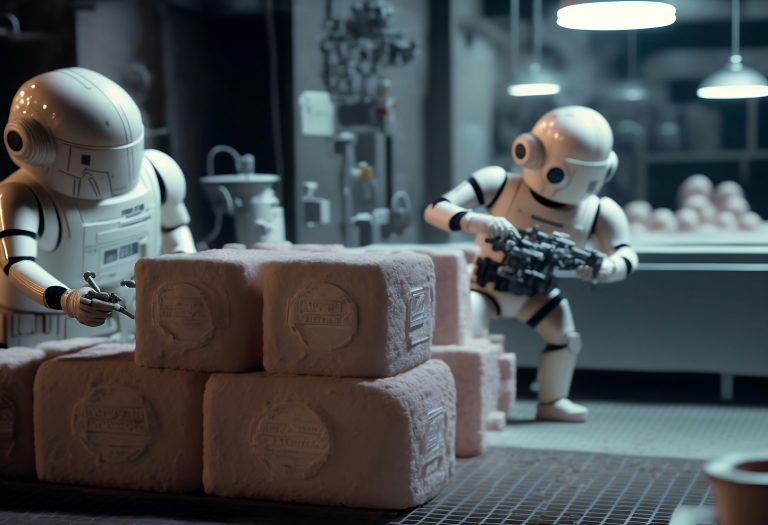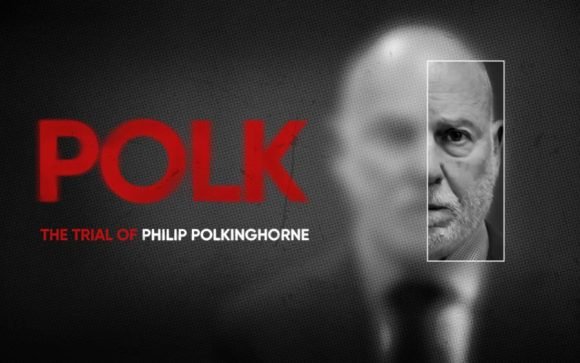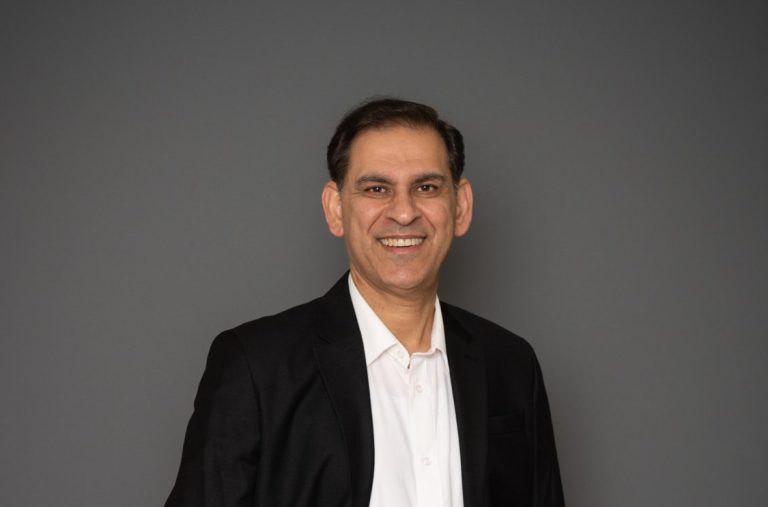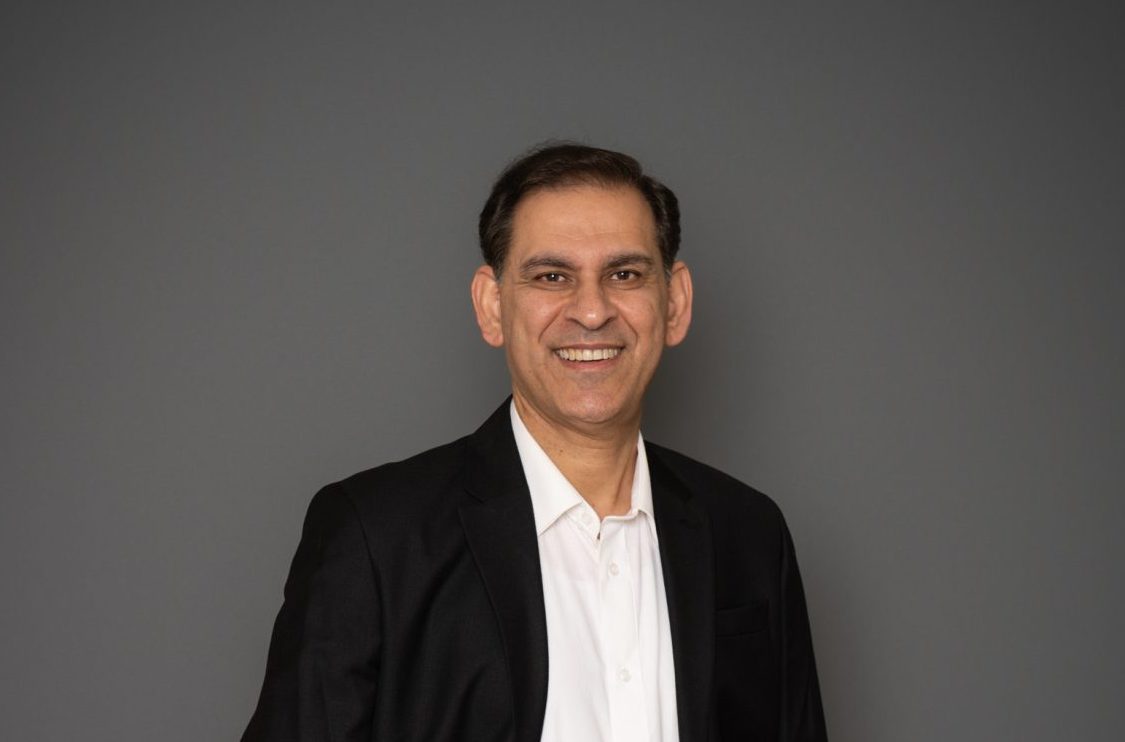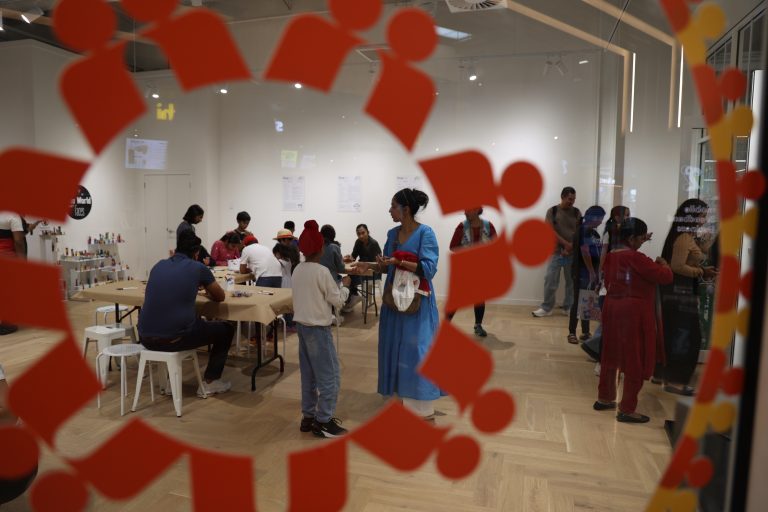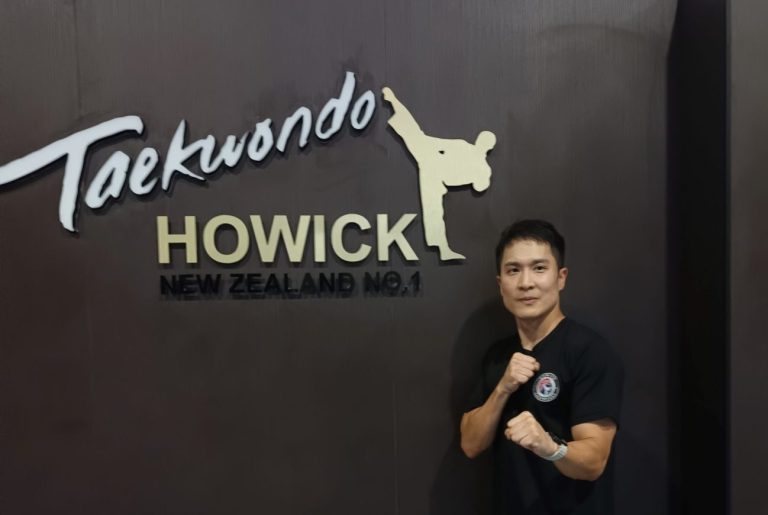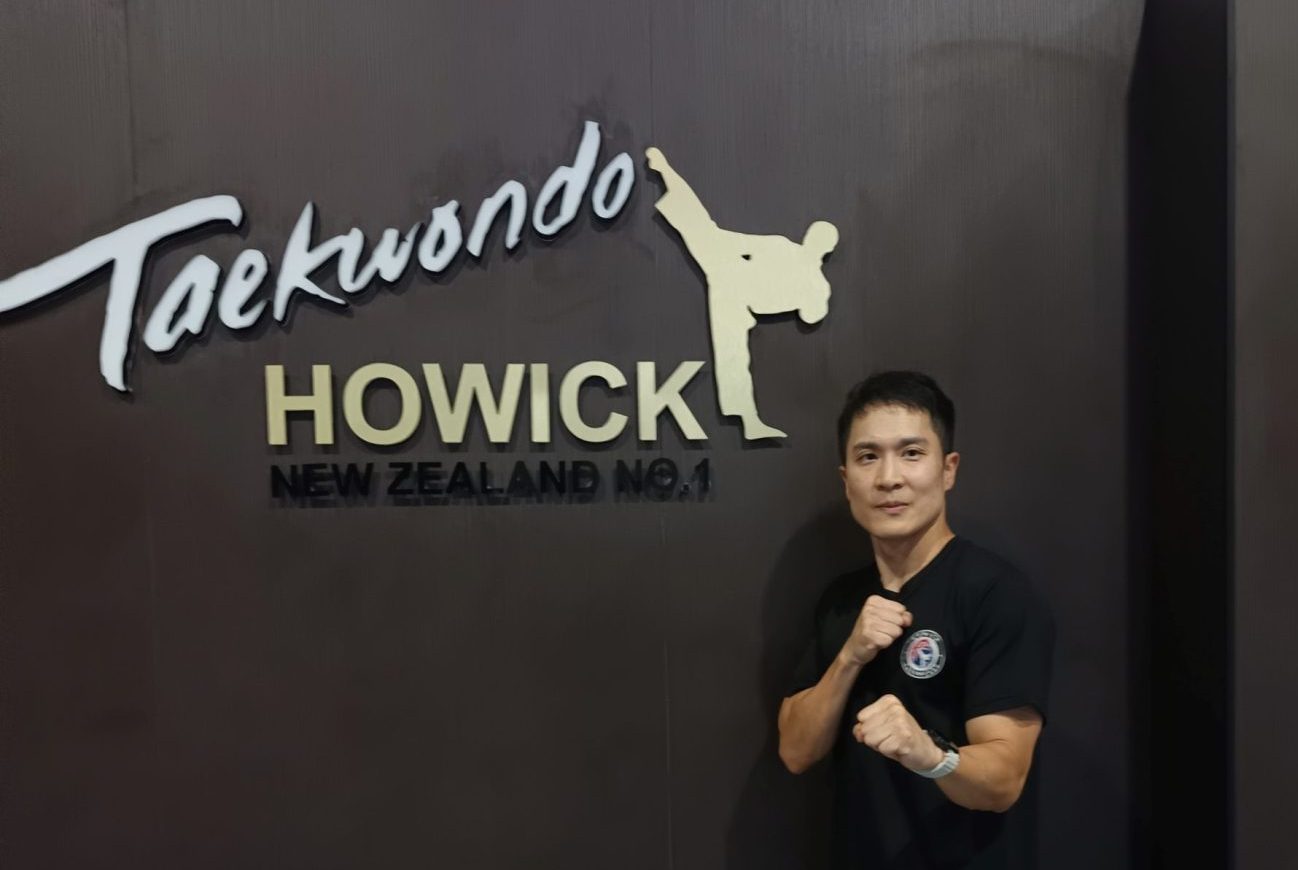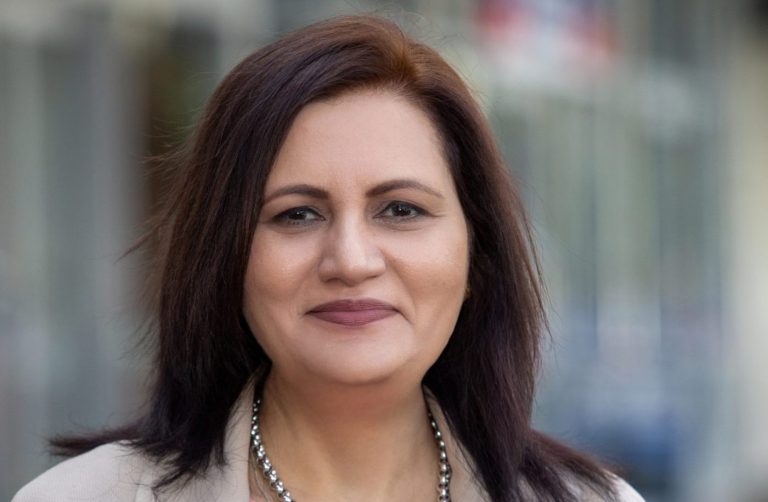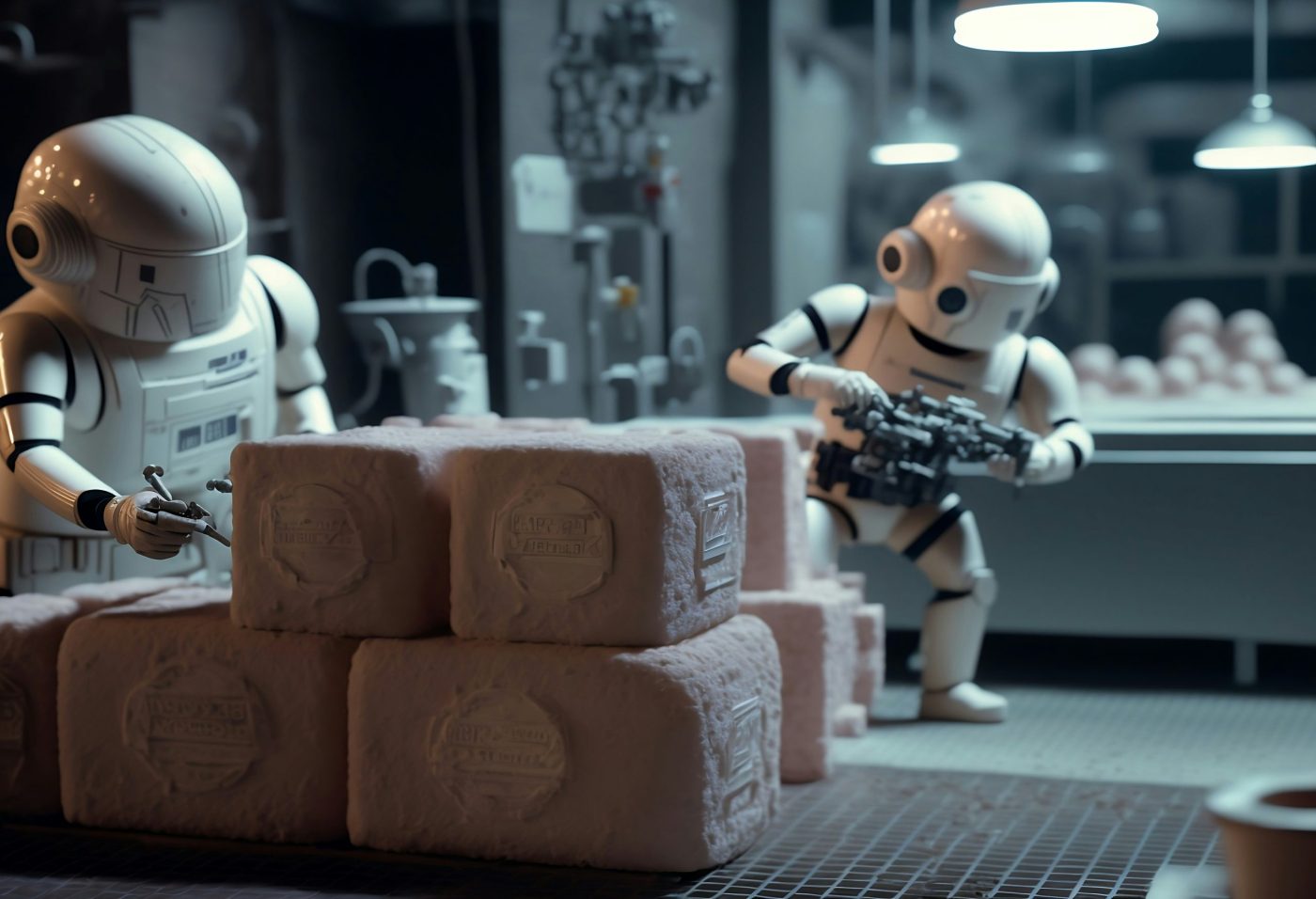
- By Business East Tamaki general manager Ruth White
Just a couple of years ago, artificial intelligence (AI) was largely an unknown quantity to most mere mortals.
Fast forward to today, and AI is no longer a future concept. It’s here, it’s real, and it’s quietly reshaping how we work.
Where early predictions sparked fear for our jobs, we now have more clarity about where this technology works, and where human skills remain irreplaceable.
In virtually every sector, AI has proven remarkably adept at handling repetitive, data-driven tasks.
Customer service has been transformed through chatbots and virtual assistants that can resolve queries around the clock, whilst online shopping platforms use smart algorithms to suggest products we didn’t known we needed.
Behind the scenes, it’s making operations more efficient too. In logistics, AI helps map out delivery routes in real time.
In manufacturing, AI systems predict when machines need maintenance before something breaks down. It’s fast, efficient, and cost-effective.
In healthcare, AI has been described as “a game changer”.
Medical professionals describe the ability of AI tools to record and transcribe consultations, generating expert clinical notes and time consuming administrative tasks, freeing up time to fully focus on patients.
In short, AI serves best as a tool to enhance human capabilities rather than replace them.
So, as AI grows in capability, so too does our understanding of its limits.
Logic may be its forte, but it still struggles with emotion, empathy and real world complexity. These are the areas where human strengths shine and I don’t see that changing any time soon.
So what’s the takeaway? The future of work isn’t about humans versus machines.
It’s about partnership – helping us to work smarter and combining the strengths of both.


